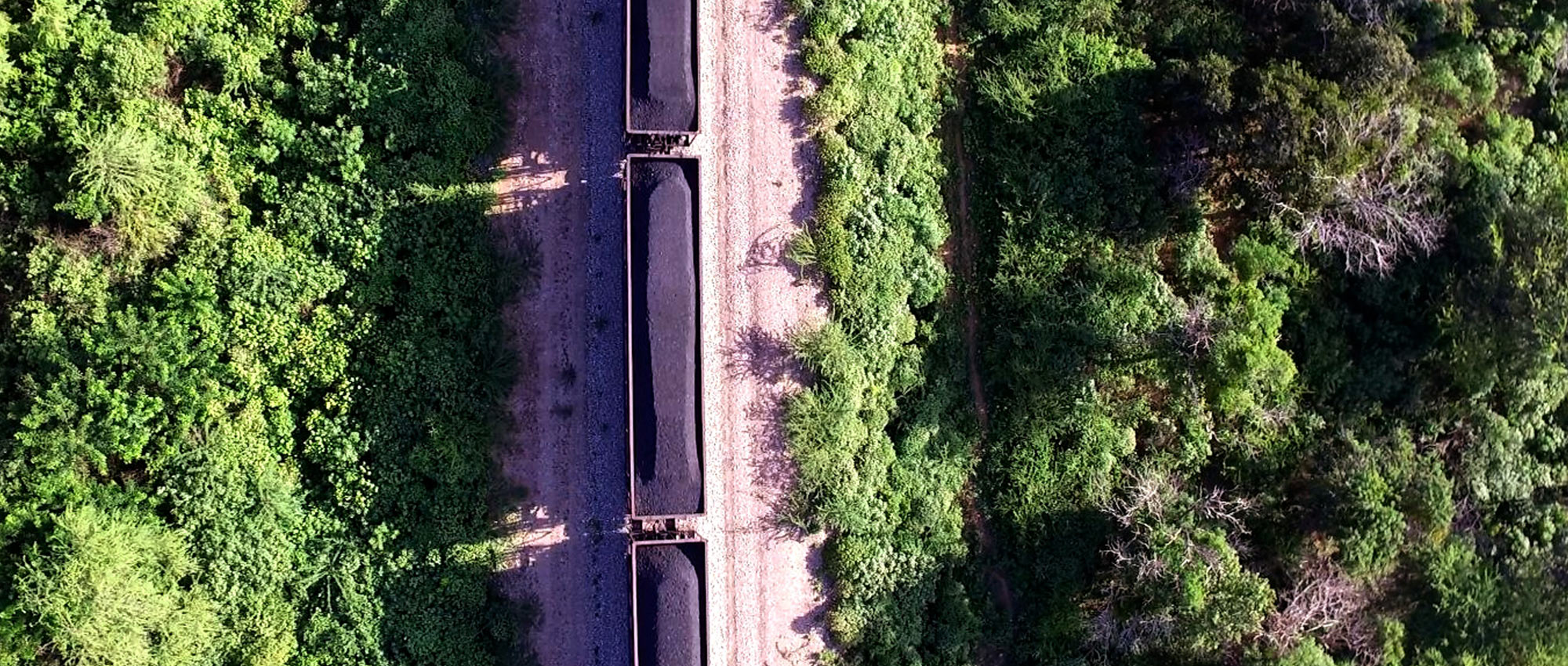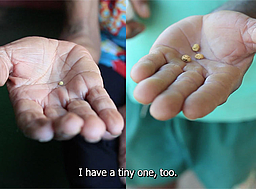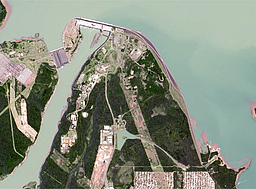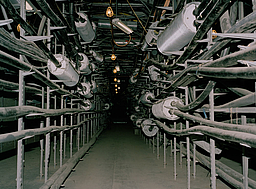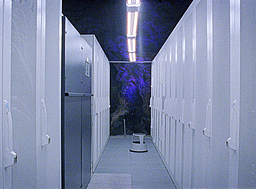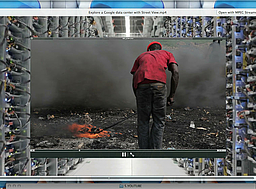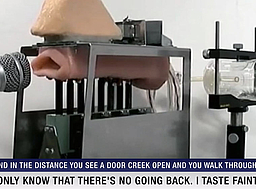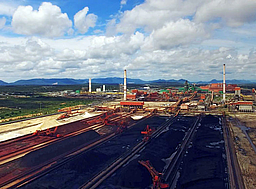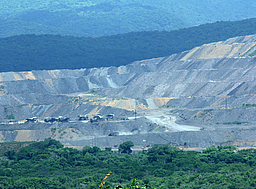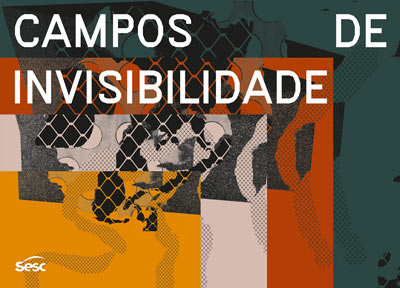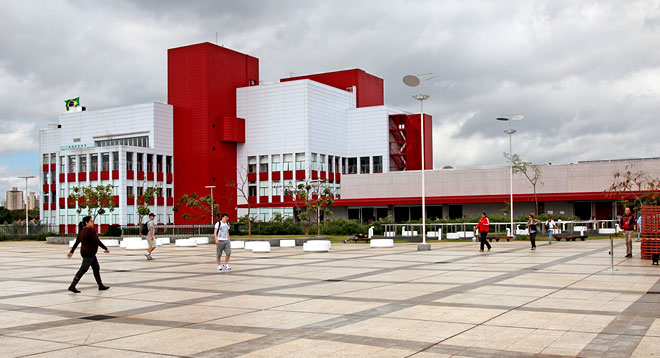The exhibition and its accompanying public programming shed a revealing light on the modes by which this gigantic but nonetheless invisible tentacular infrastructure operates. In the perception of the curators, these modes pervade various orders of life – technical, social, environmental, sexual, spiritual, economic, aesthetic and, finally, political. These aspects wind up updating and giving global continuance to preexisting colonial narratives and norms that pervade the history of humankind. Based on this somewhat frightening general premise, the exhibition aims to question certain widely held beliefs that rule daily life: for example, the abstract idea of the cloud that provides a supposed universal accessibility, safety and quality of life, via digital devices and the Internet.
Artists from Brazil and six other countries, with various backgrounds, education and creative experiences, compose the show’s cast of 18 participating professionals: Ada Lovelace, Alan Turing, Aretha Sadick, Bruno Mendonça, Carolina Caycedo, Cristine Takuá, Déborah Danowski, Denise Agassi, Emma Charles, Felix Pimenta, Jon Rafman, Julio Plaza, Kabila Aruanda, Louis Henderson, Rita Wu, Ruy Cézar Campos, Tabita Rezaire and the organization Territorial Agency.
The 23 artworks presented in the show are actions, constructions and narratives that can be photographic, audiovisual, graphic and textual, featured in five conceptual and poetic sections: New Beach of the Future; A Farewell to Seven Falls; Ouroboros; Cosmograms; and Visualizations of the World.
As expressed by the curators, although these productions resonate globally, they are nevertheless constituted in specific contexts, such as those of La Guajira (Colombia), Agbogbloshie (Ghana), Praia do Futuro (Brazil), Mariana (Brazil), Aldeia Rio Silveira (Brazil) and Jaraguá Peak (Brazil). In another spectrum, these same productions present practices of individuals who emphasize the architectures of their own bodies as a central locus of action, and underscore our coexistence and shared life with other beings, not only humans.
The artistic production presented and the debates held for the proposal of Fields of Invisibility investigate the modes of perception, control and circulation of information contained in the consensual understandings concerning the supposed immateriality of these technological infrastructures and their devices. The artistic initiatives therefore have an intrinsic aim to raise awareness and foster questioning in regard to an era of catastrophes. Overall, there is an urgent goal to demonstrate the concreteness of the omnipresent technological apparatus, a sort of counter-field in opposition to the one we see, relating it to our bodies, to nature at large and to a wide range of territories.
